
Biotechnology Basics of Cell, Nucleus, Chromosomes, DNA, RNA, Genes
Chromosomes are a key part of the process that ensures DNA is accurately copied and distributed in the vast majority of cell divisions. Still, mistakes do occur on rare occasions. Changes in the number or structure of chromosomes in new cells may lead to serious problems.
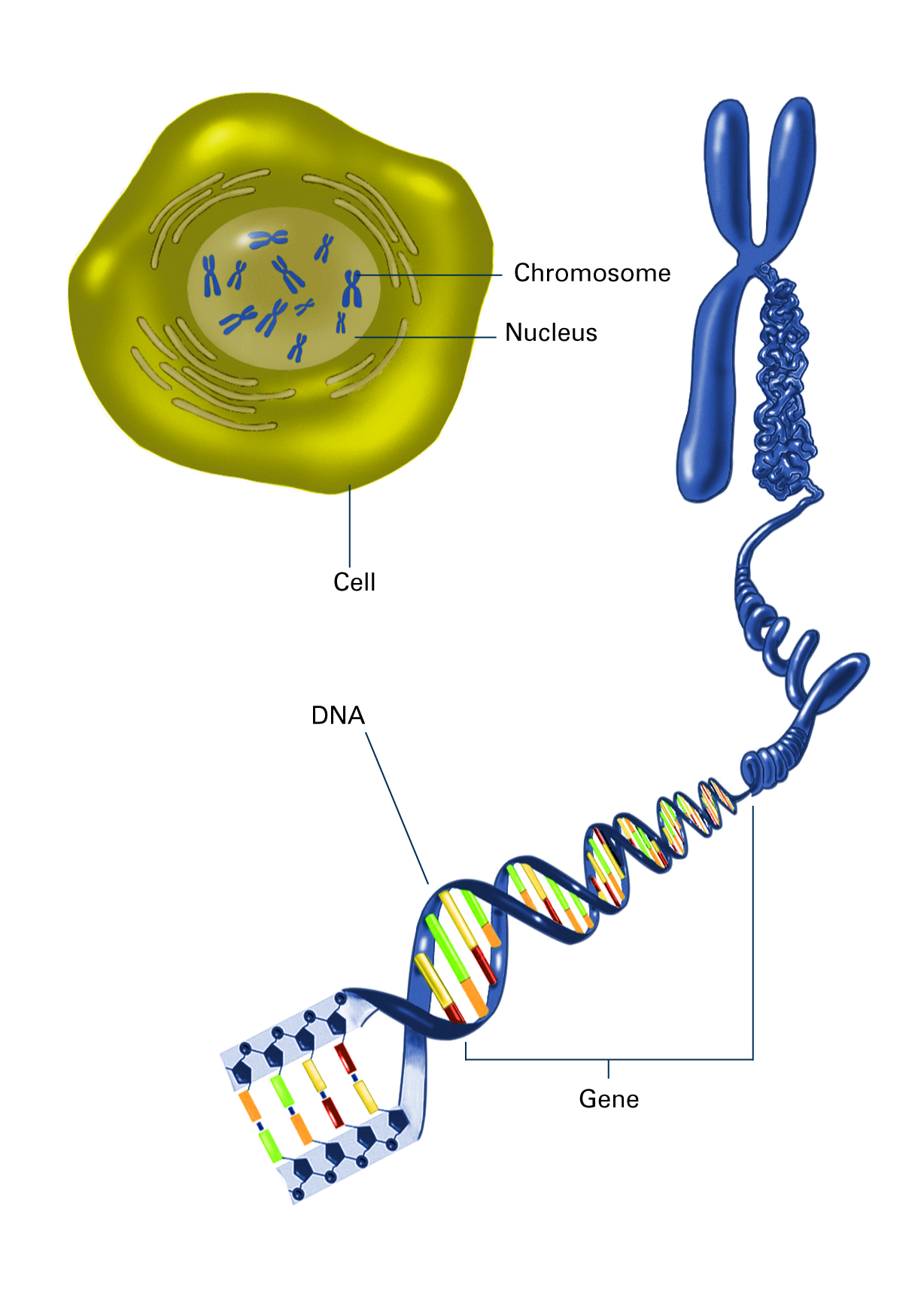
Image and Video Gallery National Institute of General Medical Sciences
Students label a simple diagram of a chromosome showing the centromere, chromatid, DNA, and the location of the chromosome within the nucleus of a cell.
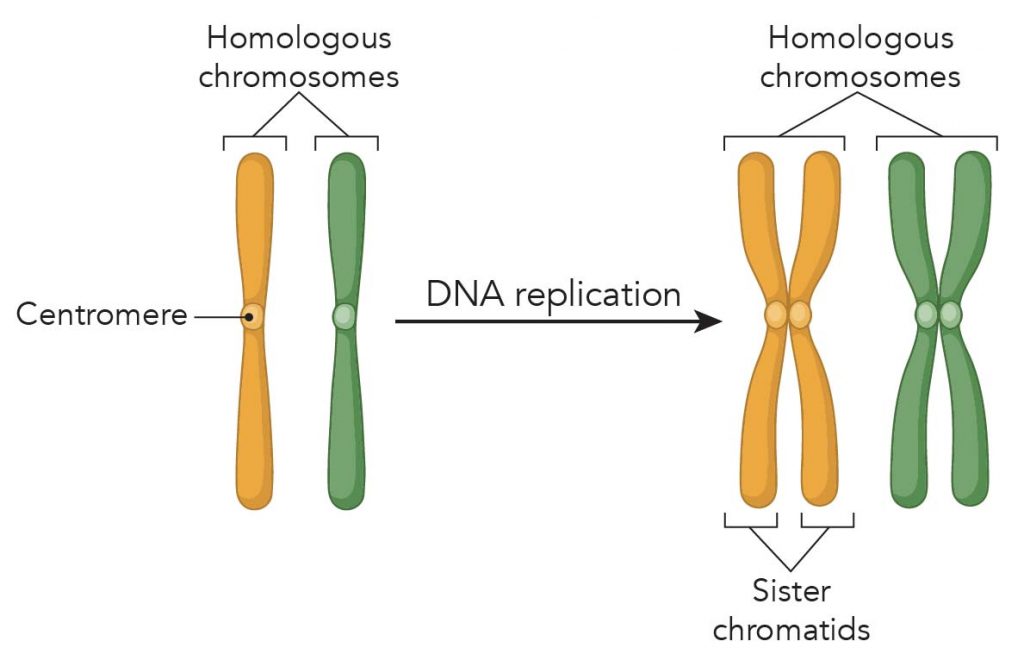
What is Mitosis (Food model of mitosis) Rs' Science
The process of differentiating between cells is expressed by labeling the developmental tree. Tracing a path from the root to a specific cell in the tree reveals the history of its divisions. Normal human fetal cells will divide approximately 40 to 60 times before cell division halts as demonstrated by Hayflick [ 1 ].
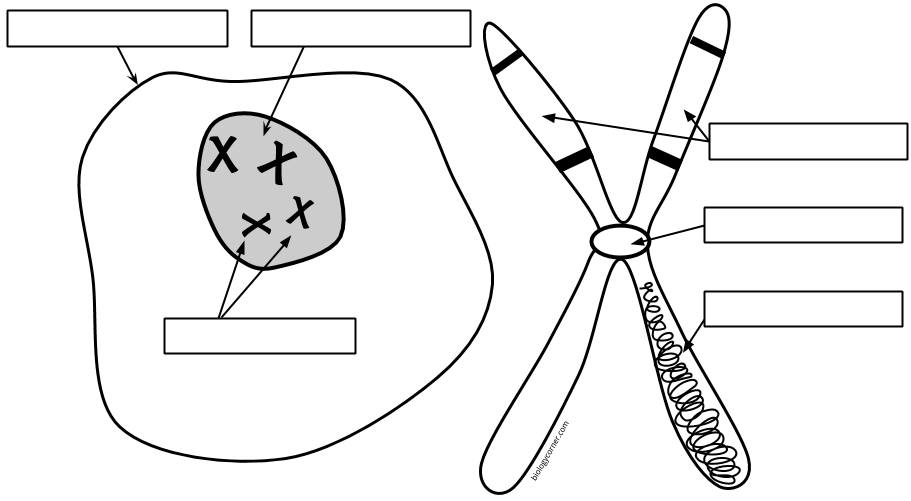
Chromosome Structure (labeling) Free Worksheets Samples
Diagram of Chromosome Structure. A chromosome is a physically discrete portion of the genome, which carries many individual genes. Eukaryotic chromosomes are composed of chromatin, which is a mixture of DNA and protein.The protein, primarily histones, acts as a scaffold organizing the structure of the DNA, which is a long string (polymer) of nucleotides (adenine, cytosine, guanine, and thymine.

Labeled Chromosome Structure Diagram imgprobe
A chromosome has generally 8 parts; Centromere or primary constriction or kinetochore, chromatids, chromatin, secondary constriction, telomere, chromomere, chromonema, and matrix. Centromere or Kinetochore: It is the primary constriction at the center to which the chromatids or spindle fibers are attached.

Life Science News, November 4th 2013 Life Science Blog
ADVERTISEMENTS: The following points highlight the six main parts of a chromosome. The parts are: 1. Pellicle and Matrix 2. Chromatids, Chromonema and Chromomeres 3. Centromeres 4. Secondary Constriction 5. Satellite 6. Telomere. Part # 1. Pellicle and Matrix: A membrane which surrounds each chromosome is said as pellicle. A jelly substance present inside the […]

Image result for structure of chromosome Chromosome, Chromosome
Chromosome number. Different species have different numbers of chromosomes. For example, humans are diploid (2n) and have 46 chromosomes in their normal body cells. These 46 chromosomes are organized into 23 pairs: 22 pairs of autosomes and 1 pair of sex chromosomes. The sex cells of a human are haploid (n), containing only one homologous.
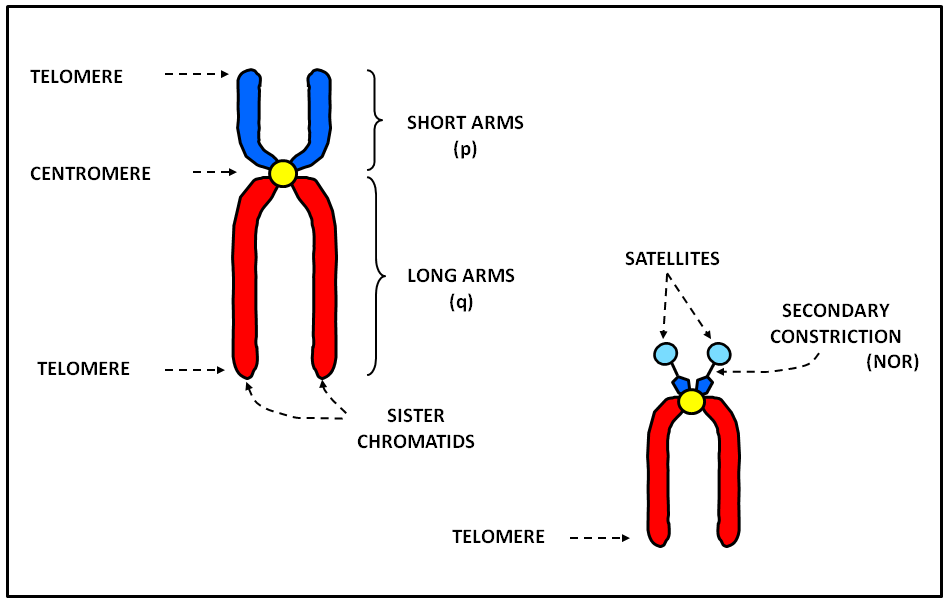
Structure and types of the eukaryotic chromosomes WikiLectures
A karyotype is the number and appearance of chromosomes. To obtain a view of an individual's karyotype, cytologists photograph the chromosomes and then cut and paste each chromosome into a chart, or karyogram, also known as an ideogram. In a given species, chromosomes can be identified by their number, size, centromere position, and banding.
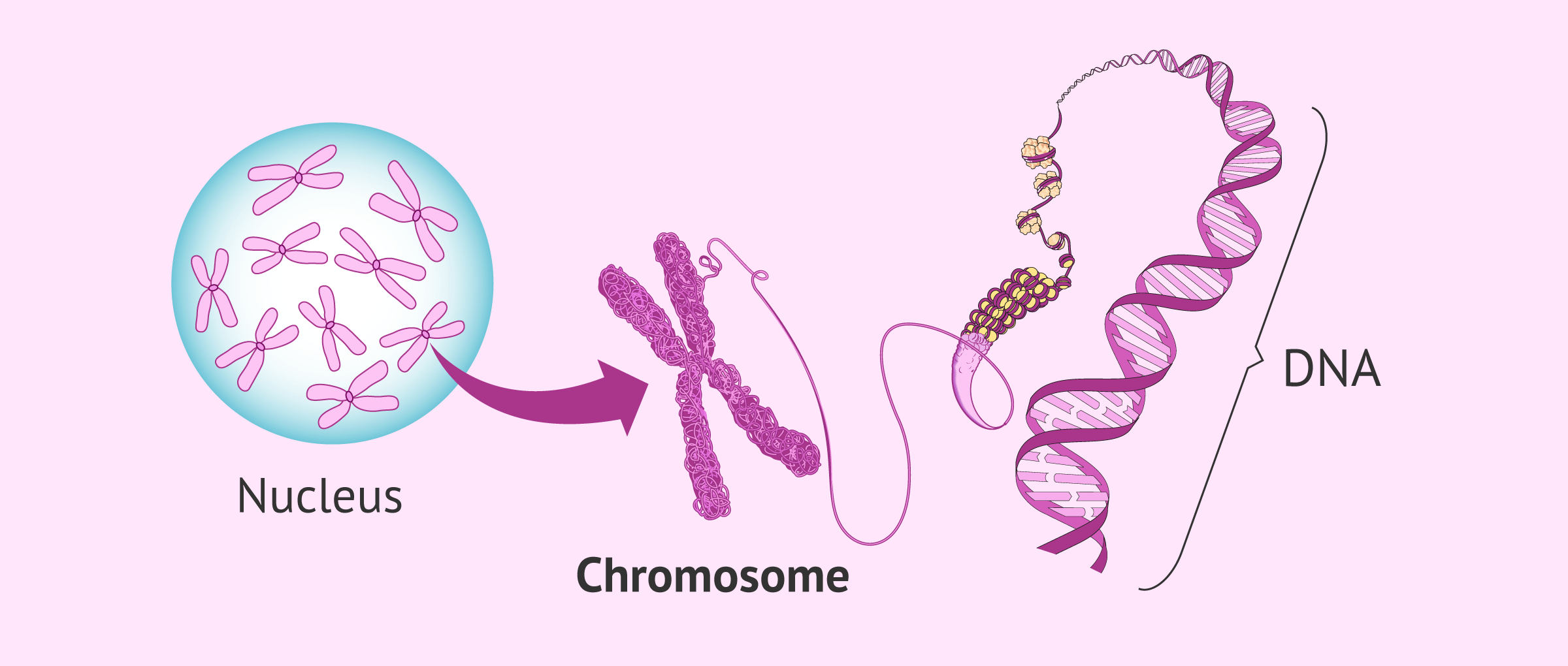
What are Chromosomes?
Chromosome Structure - A Simple Labeling Exercise Chromosome Structure This simple worksheet shows a diagram of a chromosome and where it is located in the nucleus of the cell. Students use a word bank to label the chromatid, centromere, chromosomes, cell membrane, DNA, and nucleus.

What is a Chromosome? YouTube
How to draw and label structure of chromosome by Bio simplified
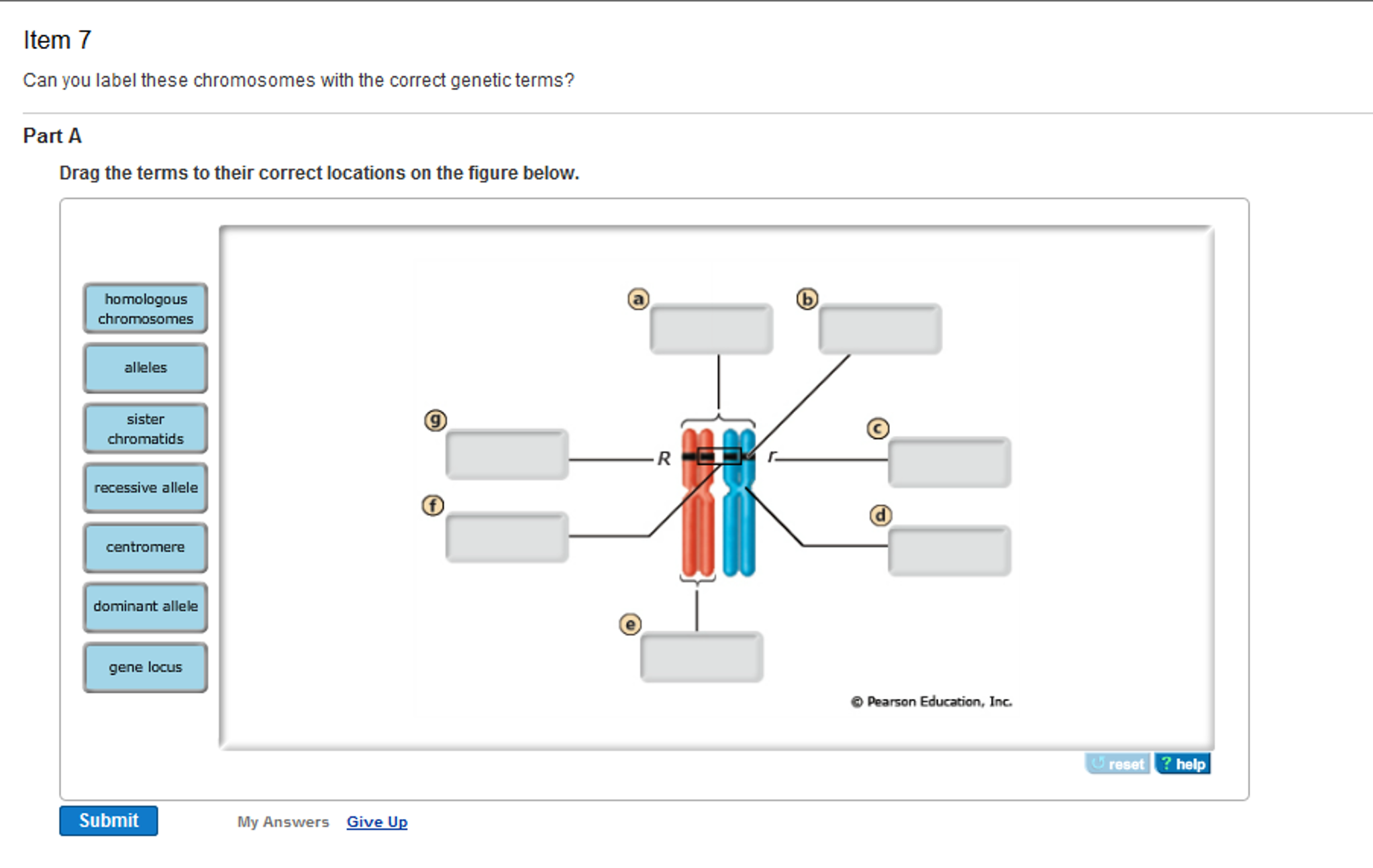
Solved Can you label these chromosomes with the correct
Introduction When a cell divides, one of its main jobs is to make sure that each of the two new cells gets a full, perfect copy of genetic material. Mistakes during copying, or unequal division of the genetic material between cells, can lead to cells that are unhealthy or dysfunctional (and may lead to diseases such as cancer).
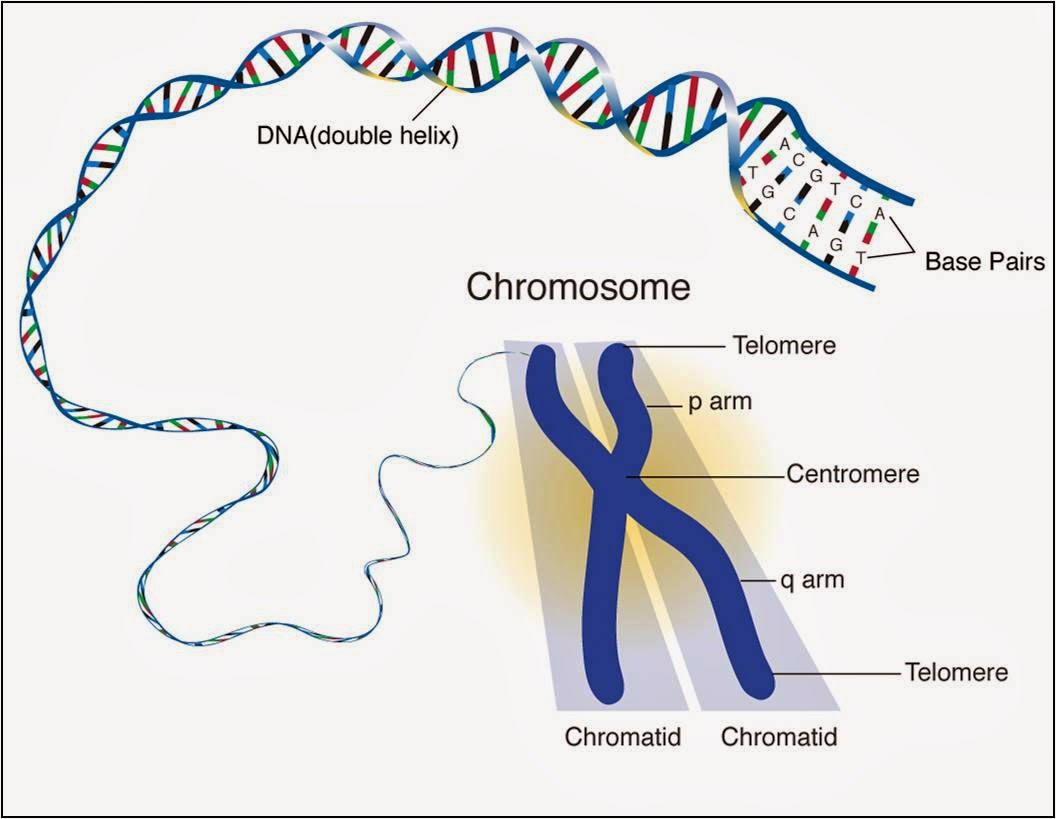
127 Chromosomes, DNA, genes and alleles Biology Notes for IGCSE 2014
The first number or letter used to describe a gene's location represents the chromosome. Chromosomes 1 through 22 (the autosomes) are designated by their chromosome number. The sex chromosomes are designated by X or Y. The arm of the chromosome.

31 Label The Parts Of The Chromosome Labels Design Ideas 2020
1. INTRODUCTION Studies initiated during the last quarter of the nineteenth century gradually revealed the key roles of chromosomes in storing and transmitting hereditary information and in generating genetic variation. The most frequent method to study chromosome organization and behavior had been optical microscopy.

Assignment of a Novel Locus for Autosomal Recessive Congenital
Chromosome Definition. A chromosome is a string of DNA wrapped around associated proteins that give the connected nucleic acid bases a structure. During interphase of the cell cycle, the chromosome exists in a loose structure, so proteins can be translated from the DNA and the DNA can be replicated. During mitosis and meiosis, the chromosome.

Chromosomes Fact Sheet NHGRI Inherited Traits, Background For
Thoru Pederson Nature Biotechnology 34 , 528-530 ( 2016) Cite this article 35k Accesses 296 Citations 168 Altmetric Metrics Abstract A lack of techniques to image multiple genomic loci in living.
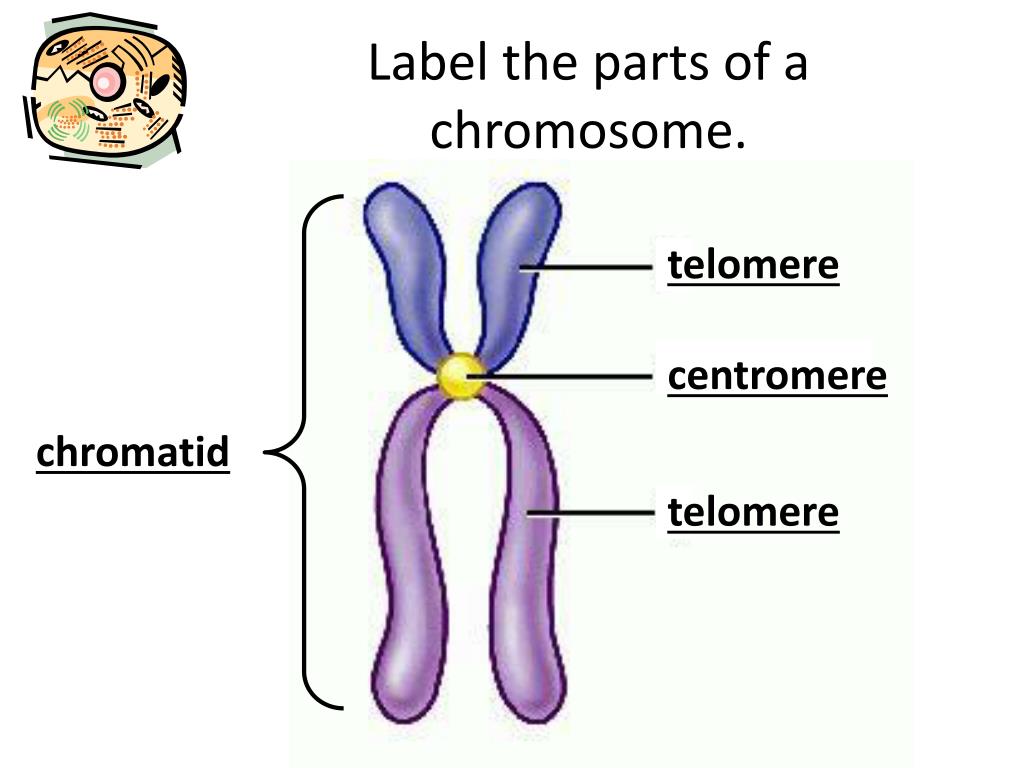
31 Label The Parts Of The Chromosome Labels Design Ideas 2020
< Prev Next > Chromosome Map Our genetic information is stored in 23 pairs of chromosomes that vary widely in size and shape. Chromosome 1 is the largest and is over three times bigger than chromosome 22. The 23rd pair of chromosomes are two special chromosomes, X and Y, that determine our sex.